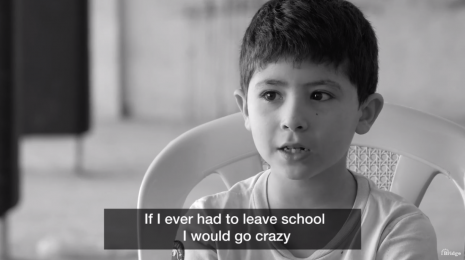The war in Syria has displaced millions of people internally and to surrounding countries. Lebanon alone hosts almost two million Syrian refugees, of whom 400,000 are of school age. Against this backdrop, Bridge partnered with McKinsey&Co. and the Vitol Foundation to deliver a pilot programme for Syrian refugee children at a Basmeh & Zeitooneh school located in southern Beruit’s, Shatila refugee camp.
Basmeh & Zeitooneh is a non-formal, donor funded NGO school where children are educated in two shifts, 300 pupils at a time, due to demand.
Delivering high-quality learning in this context is challenging. However, the Bridge approach is well suited to providing education in this context thanks to two unique pillars:
- A technology platform designed for low-infrastructure environments
- Experience of quickly upskilling teachers, or those who have never taught before, to deliver learning.
Teaching staff at Basmeh & Zeitooneh have a range of backgrounds both ethnically and educationally. There are some who have significant educational experience and some who have little; some have fled conflict themselves and some come from local villages. They come from Lebanon, Palestine and Syria and have varying degrees of fluency in the English language.

The pilot was designed to show that our approach—which can be implemented at speed—is well aligned to delivering learning quickly in places needing humanitarian support at scale. Using technology that is highly flexible and portable, able to deliver high-quality content and employing a robust set of tools and techniques—teachers are able to succeed in even temporary classrooms and children are able to learn. The results of the pilot indicated measurable learning gains, with pupils averaging a 22% improvement on an end line English test.
This pilot is pregnant with a lot of potential.
— Fadi Hallisso, Co-founder & CEO, Basmeh & Zeitooneh
Whilst running a small-scale pilot in southern Beirut barely scratches the surface, it’s a useful indicator of the adaptability of our infrastructure and methodology for these contexts. Properly leveraged through partnerships it could support aid agencies to swiftly deliver education in humanitarian disaster zones.






